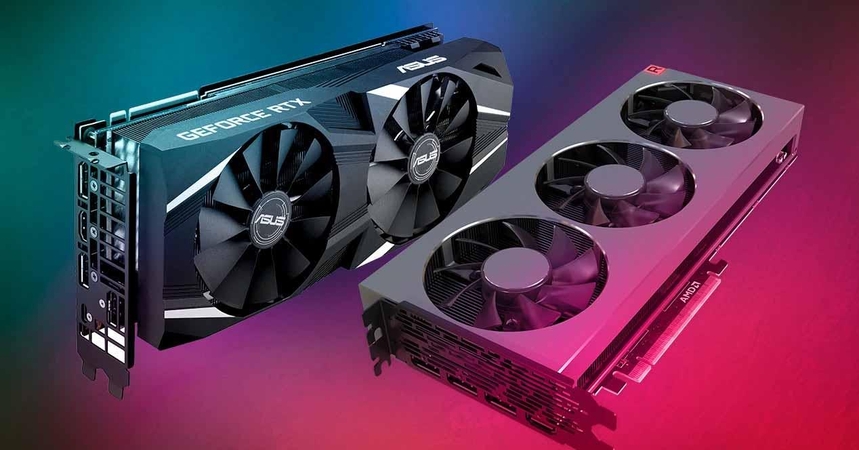A few weeks ago we talked on the radio, specifically on Manos Arriba FM, about the exorbitant rise in the price of graphics cards and why.
You can listen to the podcast again at this link.
PC users had to deal with the high price of gaming GPUs caused by the recent mining bubble.
Well, in the last few weeks we have seen a drop in the price of graphics cards but it seems that the price has stopped or slowed down. What is going on?
We show you a graph where you can see a history of the price of graphics cards.

The use of gaming GPUs for mining cryptocurrencies has turned them from a consumer to a production medium, which has significantly changed their value in the market and driven up their prices and availability outside of their usual market. But the arrival of the RTX 30 LHR range and the Ethereum refresh have caused gaming GPU prices to fall in recent weeks to near their recommended retail price. But there has been a sudden slowdown in this phenomenon from its all-time high of 304% in May 2021.
According to the data, the average price at which both AMD and NVIDIA gaming graphics cards are selling is up 3% from a few weeks ago. This is not a major recovery and is not a return to early mining bubble prices. But given that the stock of non-mining constrained RTX 30s is running out and the RX 6000s are a ghost in terms of availability, demand for the new models is lower.
The other problem, which we told you about a few weeks ago, has to do with the fact that many retailers have paid a price above NVIDIA and AMD’s recommended retail price to graphics card manufacturers. So it is not in their interest to sell their graphics cards at a very low margin.
Gaming graphics card shortage?
According to reports from 3DCenter there is not a shortage of graphics cards at the moment, but users who are buying them are accepting higher prices than those recommended by NVIDIA or AMD. This acceptance of higher prices is a result of the psychological effect of the shortages caused by the first shipments of the NVIDIA RTX 30 and AMD RX 6000.
The counterpart to this is that it is sending a message to NVIDIA and AMD that the public is willing and able to pay more for a Gaming GPU. This could influence an upcoming release such as a hypothetical RTX 30 SUPER.
With the card prices now at a standstill, AMD’s RX 6000 and NVIDIA’s GeForce RTX 3000 have stabilised at around 50% above their official RRP, so any hopes of seeing prices closer to RRP in the coming weeks have been dashed.
What is the most affordable model?
Currently the most affordable model, although it may vary as we note, of the new generations for gamers would be NVIDIA’s RTX 3060, which at just under €600, still comes close to doubling its RRP of €329. AMD’s case is similar with its RX 6700XT which can be found from €664, although its starting RRP is €479, so the inflation of this model is much lower.
In conclusion, the worst of this year’s cryptocurrency bubble may be over, but it is still going to take some time for the graphics card market to stabilise. After the virtual disappearance of graphics cards from shop shelves in March, the recent crash has at least brought them back into sight. It will take a little longer for prices to drop below the RRP. At the moment the price is around what it was in January, and the decline has slowed down during this month of July.
Translated with www.DeepL.com/Translator (free version)



